After the recent heavy rains, shrimp farmers in Ha Tinh are actively taking measures to stabilize the water environment and increase the resistance of their shrimp to prevent disease.
Xuan Thanh Aquaculture Cooperative (Nghi Xuan) has specialized in raising white-leg shrimp under tarpaulin for many years. The unit is raising 10 ponds, each with a capacity of 300,000 shrimp. Currently, the shrimp are 30 days old and are being "turned on" for special care.
After heavy rains, Xuan Thanh Aquaculture Cooperative "turned on" a more special care regimen for shrimp.
Mr. Ho Quang Dung - Director of the Cooperative shared: “We closely monitor the pond 24/24h, update the weather to have flexible responses. Accordingly, before this rain, the Cooperative arranged 12 workers to proactively deploy solutions to control the water environment. After the rain, quickly re-treat the environment, disinfect, and re-infect microorganisms. At the same time, the unit strengthens the fan and aeration system to increase oxygen, focusing on supplementing vitamins and minerals compared to normal times. Especially, during the small shrimp stage, it requires daily supplementation of food to increase intestinal microorganisms for the shrimp to be healthy and grow well. Therefore, the cost of farming at this time also doubles compared to when the weather is favorable”.
Not only for Xuan Thanh Aquaculture Cooperative, solutions to stabilize the environment and increase resistance for shrimp after rain are also being applied by many farmers in localities.
Mr. Nguyen Van Hoa regularly monitors the water environment and shrimp activities...
Mr. Nguyen Van Hoa (Thach Ha commune, Ha Tinh city) said: “When it rains heavily, shrimp are easily shocked by the environment due to changes in water pH, making shrimp weak and susceptible to disease. Therefore, after the rain, shrimp must be taken care of more carefully. In addition to adding vitamins to the food, minerals must also be added twice as much to increase the shrimp's resistance.
To increase the pH and stabilize the environment, I use ground lime powder and apply it directly to the pond instead of mixing it with lime water and then adding it as usual. In addition, at this time, I also have to run the water fan regularly to increase water circulation in the pond.
Farmers focus on supplementing vitamins and minerals to improve shrimp resistance.
Mr. Tran Van An - owner of a high-tech shrimp farming model in Loc Ha town is currently raising 20 white-leg shrimp ponds, each with 200,000 shrimp, for more than 2 months. Before and after the recent rains, he had to spend tens of millions of dong more to take special care of this "difficult" shrimp.
Mr. An shared: “Shrimp farming faces many risks due to the impact of weather and environment, especially during the rainy season. Through monitoring weather forecasts, before the recent rain, we added lime to balance the pH of the water. After the rain, we continued to add lime and double the amount of vitamins and minerals to improve the resistance of shrimp, preventing diseases that may occur to shrimp when shocked by the environment such as pink body disease, hepatopancreatic disease, and intestinal disease.”
It is known that at this time, Ha Tinh has nearly 1,000 hectares of shrimp farming. To protect shrimp and other farmed aquatic products and minimize damage caused by floods, the Department of Fisheries has requested localities to strengthen propaganda and disseminate the content of the "Warning Bulletin for the 2023 Flood Season" of the Northern Center for Environmental Monitoring and Aquatic Diseases to localities and shrimp farming facilities in the area.
Stabilizing the pond water environment is an important measure in shrimp farming during the rainy season.
According to Ms. Nguyen Thi Hoai Thuy - Head of Aquaculture Department (Ha Tinh Fisheries Department), prolonged heavy rain will change the farming environment in a negative direction, making shrimp weaker and more susceptible to pathogens present in the water such as parasites, bacteria, viruses... which can easily lead to epidemics.
Therefore, if the shrimp have reached commercial size, farmers should harvest before the rainy season. For shrimp that have not reached commercial size, farmers need to reinforce and repair the banks of the pond to minimize losses, especially in areas where shrimp are raised on sand. To limit sudden changes in salinity in the pond when there are floods, people need to have a water regulation plan. In areas where the soil is acidic and alum, lime should be sprinkled around to prevent water from flowing down and causing fluctuations in the pH of the pond. Farming facilities also need to have measures to prevent disease and increase the resistance of shrimp by adding vitamins, trace minerals, and digestive enzymes to the shrimp's diet as recommended. At the same time, prepare generators and aerators in case of power outages.
Loan - Phuong
Source


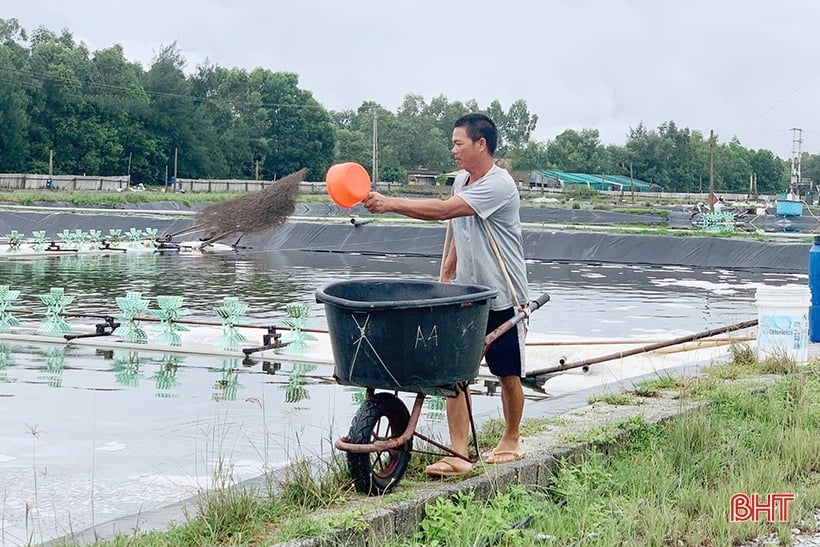
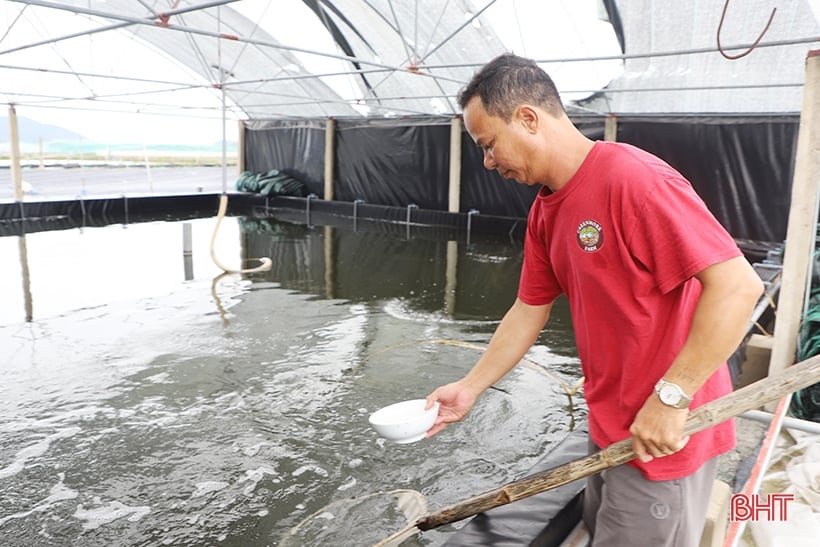
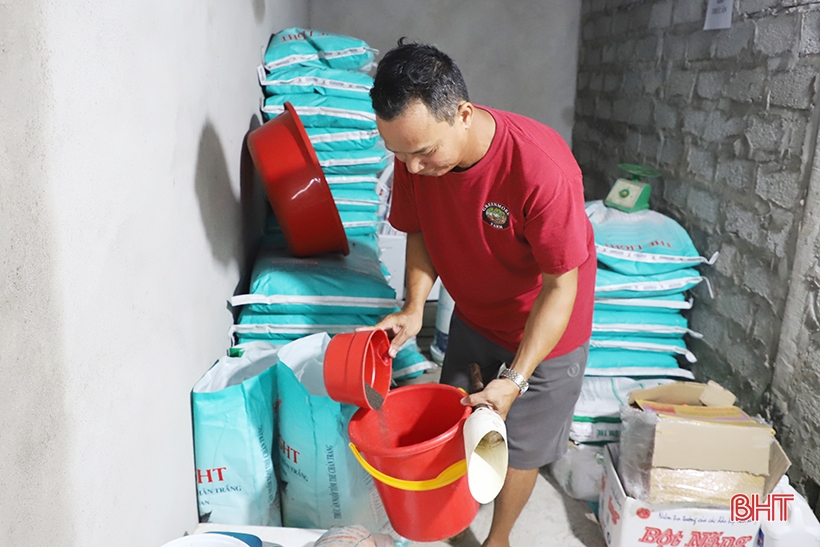
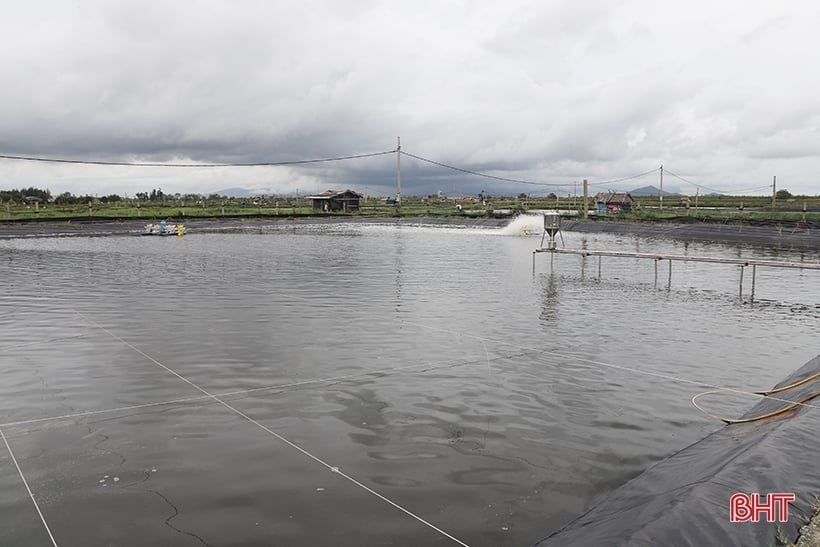
![[Photo] President Luong Cuong receives UN Deputy Secretary General Amina J.Mohammed](https://vstatic.vietnam.vn/vietnam/resource/IMAGE/2025/4/17/72781800ee294eeb8df59db53e80159f)
![[Photo] Hundred-year-old pine trees – an attractive destination for tourists in Gia Lai](https://vstatic.vietnam.vn/vietnam/resource/IMAGE/2025/4/17/25a0b7b629294f3f89350e263863d6a3)
![[Photo] Prime Minister Pham Minh Chinh and Ethiopian Prime Minister visit Tran Quoc Pagoda](https://vstatic.vietnam.vn/vietnam/resource/IMAGE/2025/4/17/18ba6e1e73f94a618f5b5e9c1bd364a8)
![[Photo] Warm meeting between the two First Ladies of the Prime Ministers of Vietnam and Ethiopia with visually impaired students of Nguyen Dinh Chieu School](https://vstatic.vietnam.vn/vietnam/resource/IMAGE/2025/4/17/b1a43ba73eb94fea89034e458154f7ae)
![[Photo] President Luong Cuong receives Kenyan Defense Minister Soipan Tuya](https://vstatic.vietnam.vn/vietnam/resource/IMAGE/2025/4/17/0e7a5185e8144d73af91e67e03567f41)
![[Photo] President Luong Cuong receives Lao Prime Minister Sonexay Siphandone](https://vstatic.vietnam.vn/vietnam/resource/IMAGE/2025/4/17/337e313bae4b4961890fdf834d3fcdd5)


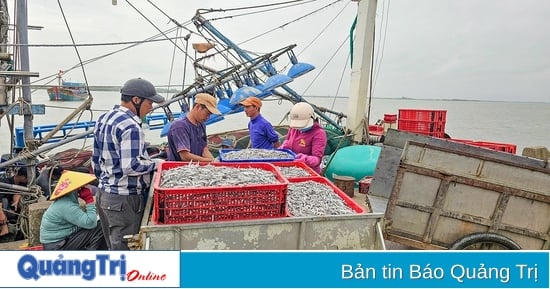
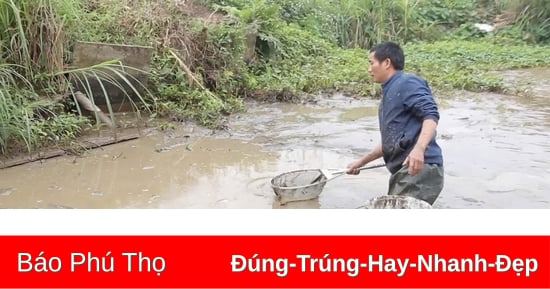


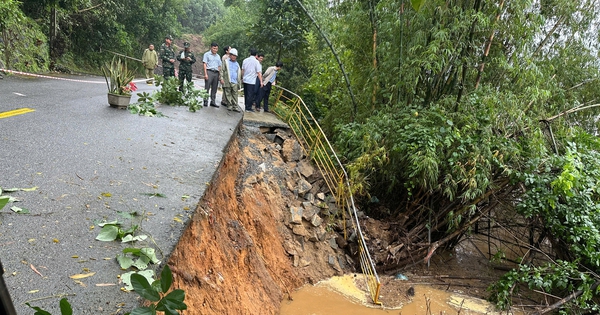

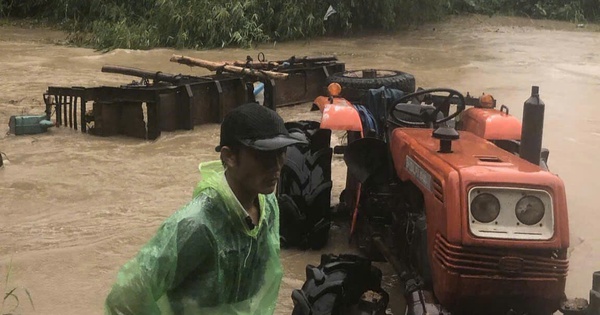
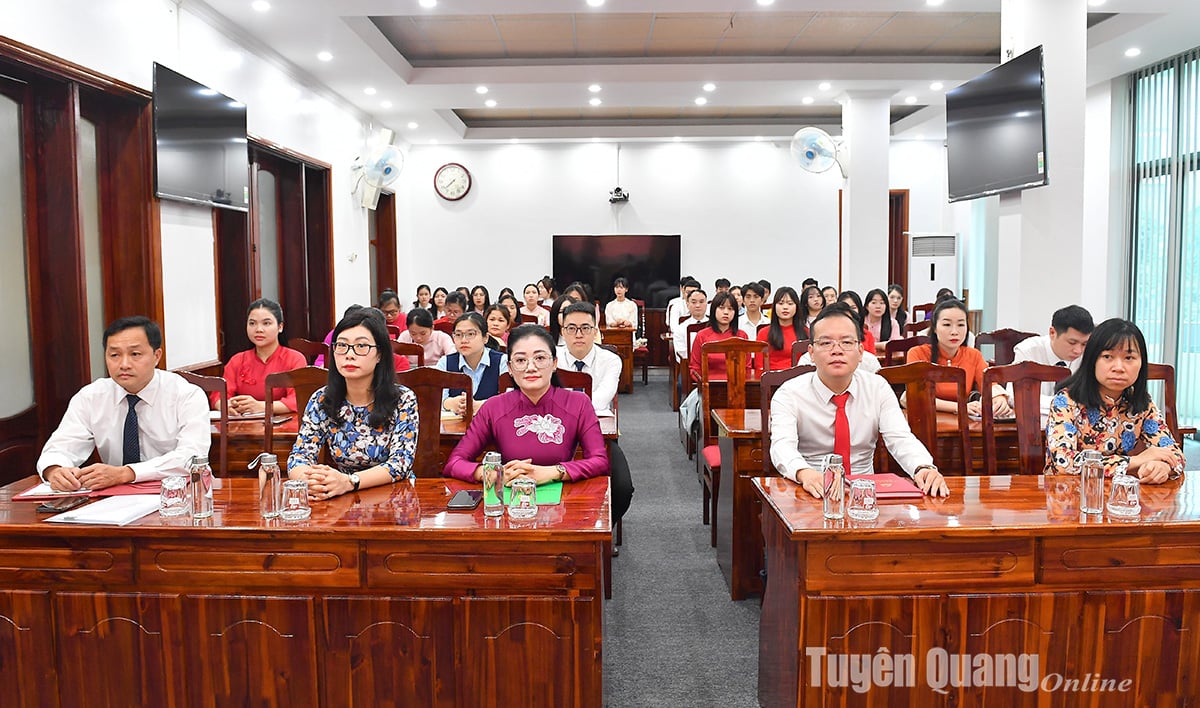

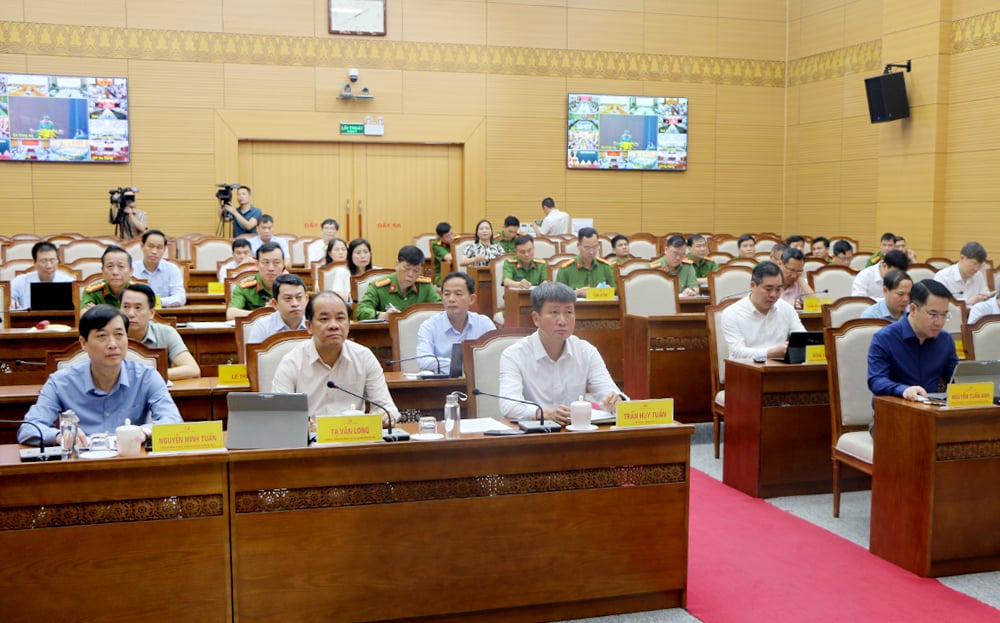
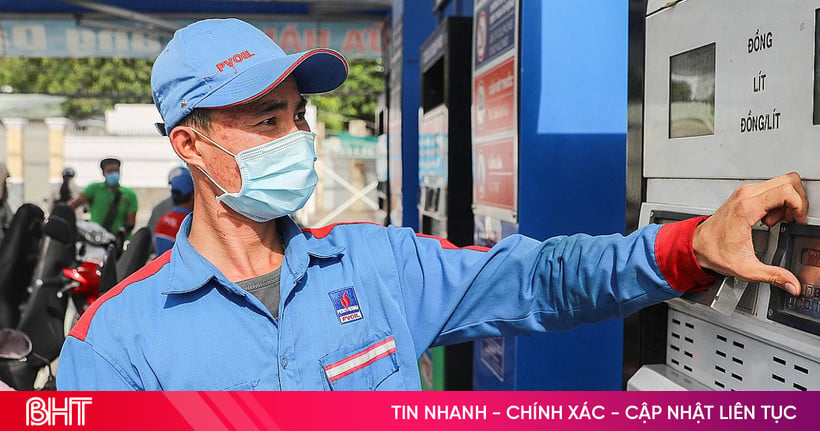
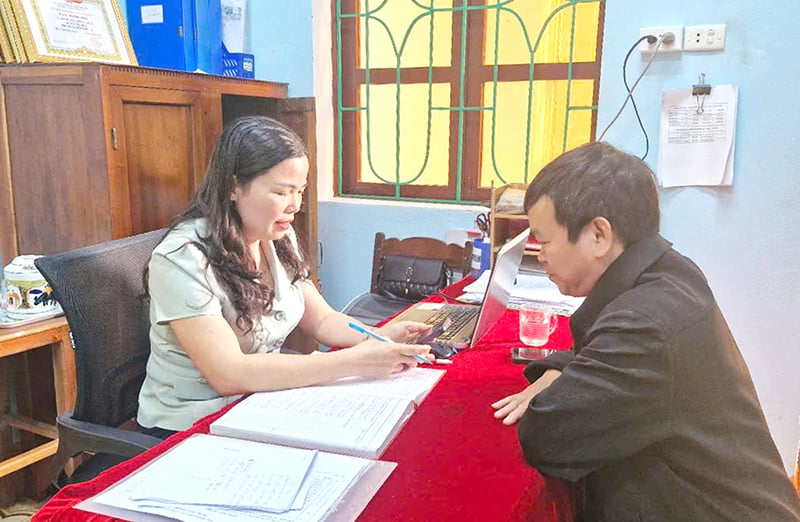
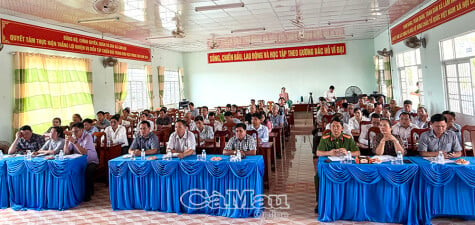





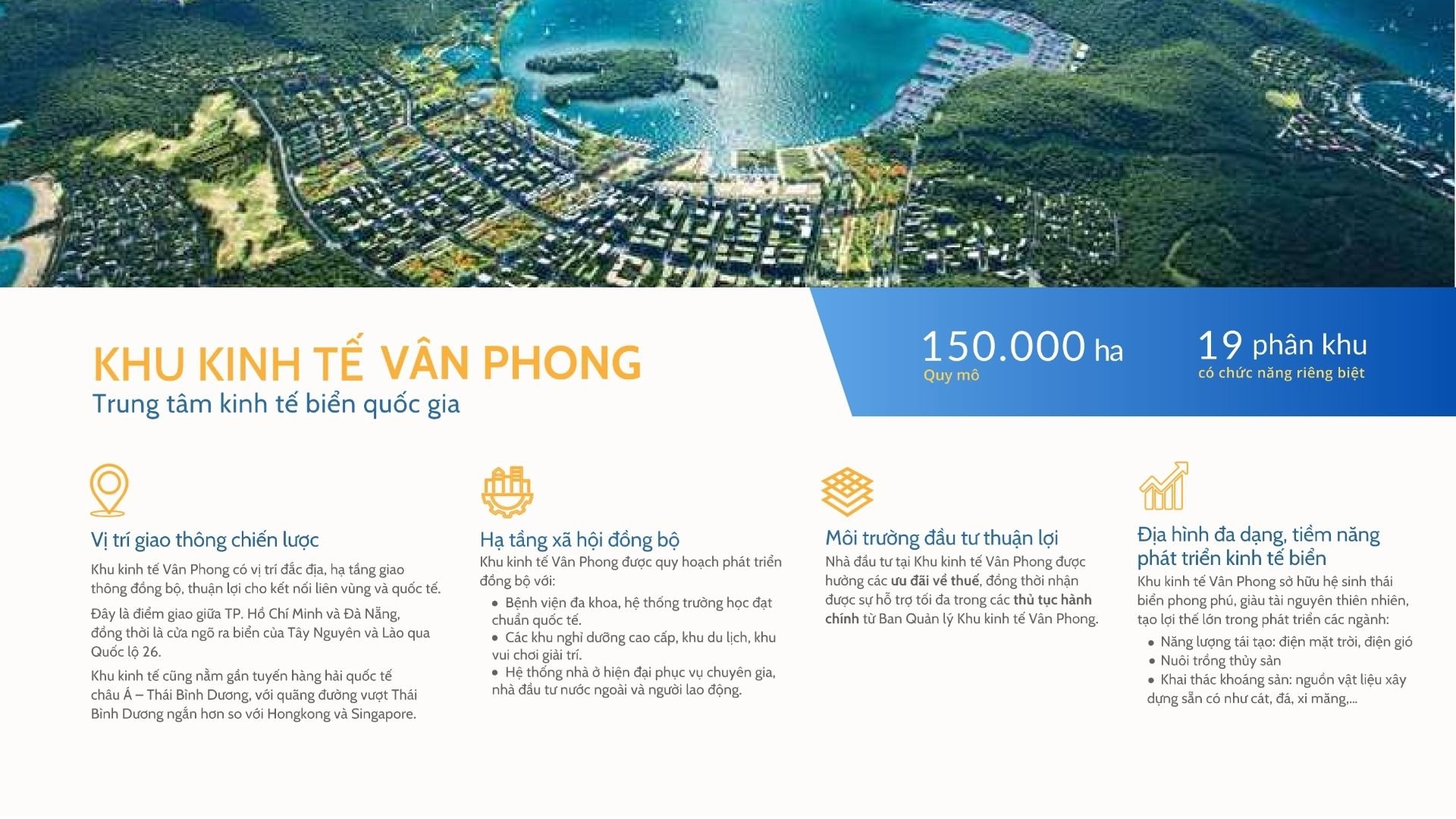



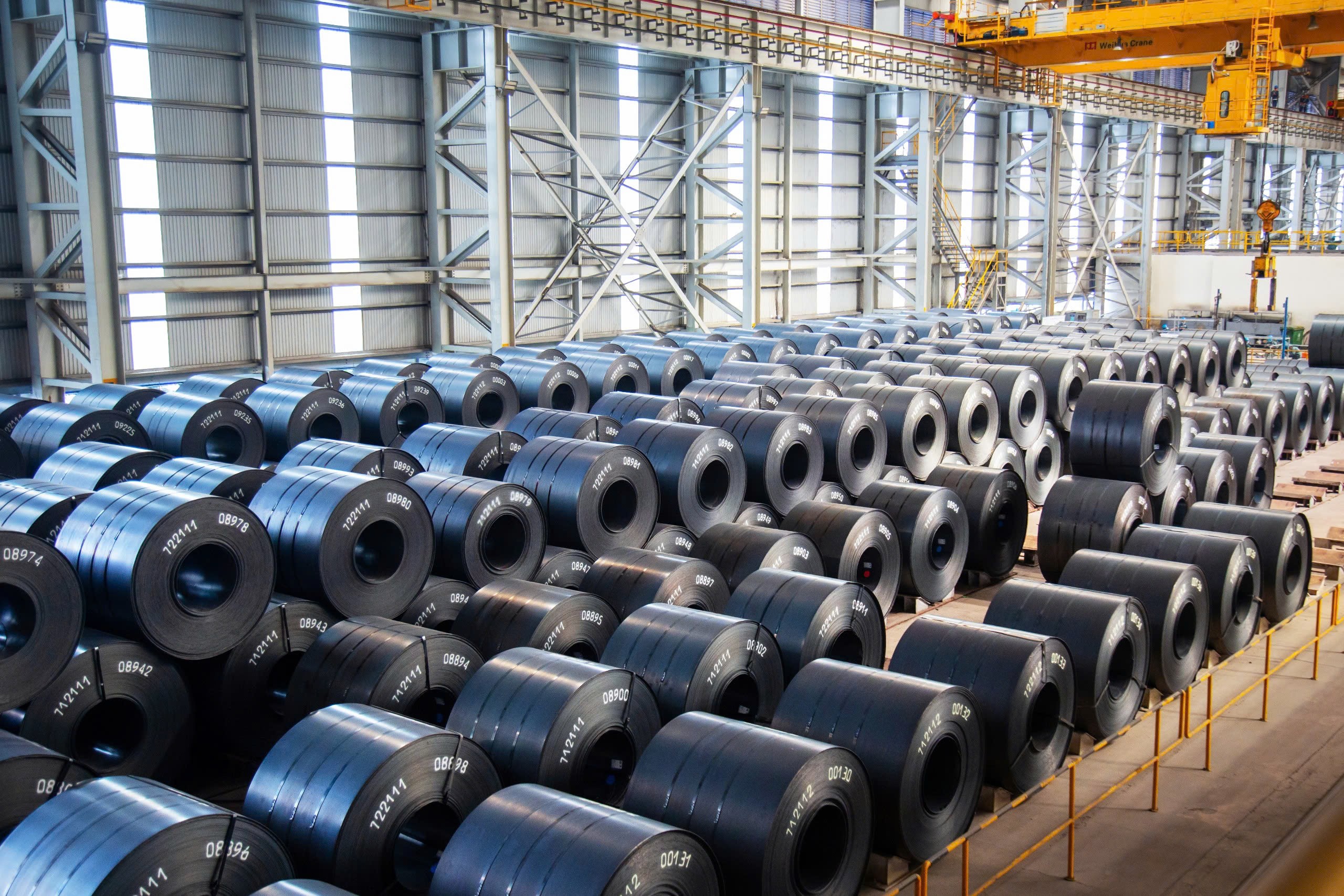








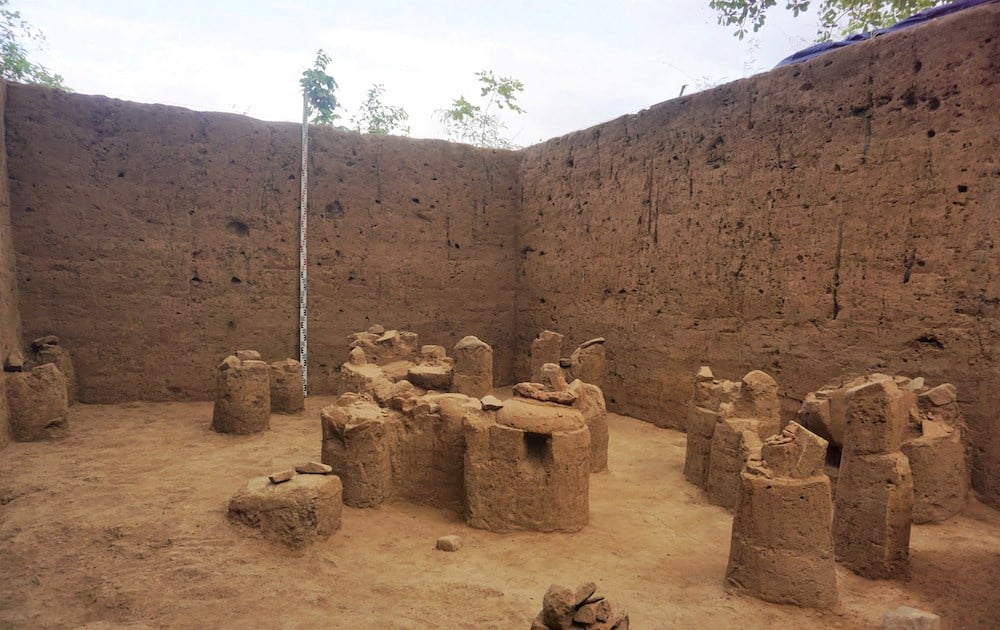
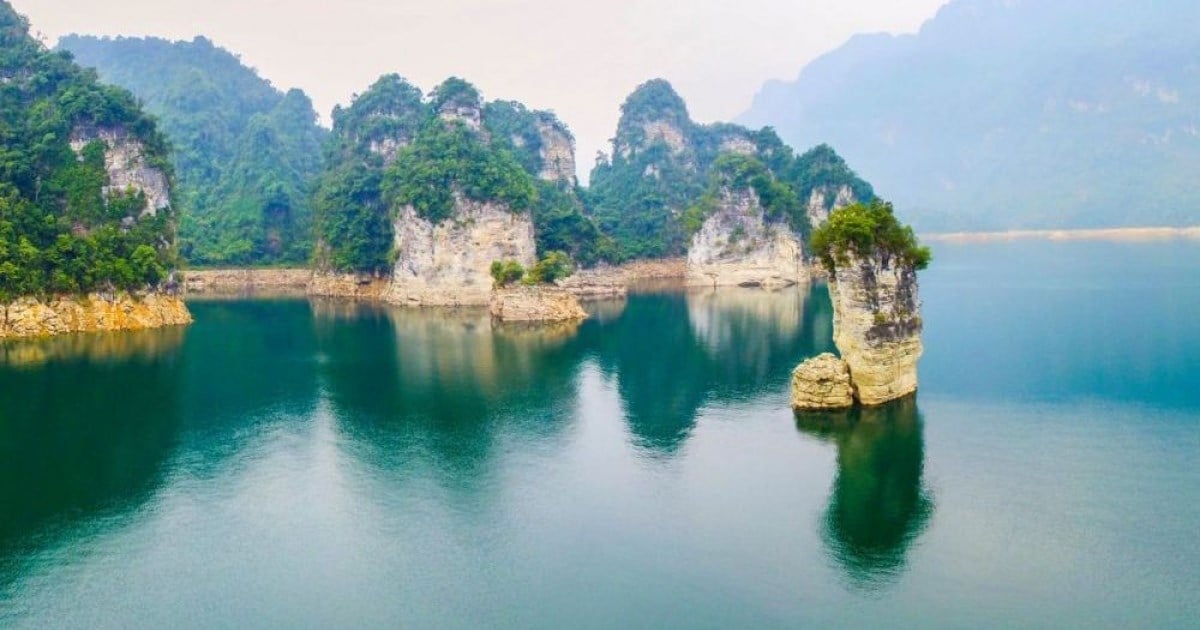



















![[Video] Viettel officially puts into operation the largest submarine optical cable line in Vietnam](https://vstatic.vietnam.vn/vietnam/resource/IMAGE/2025/4/17/f19008c6010c4a538cc422cb791ca0a1)

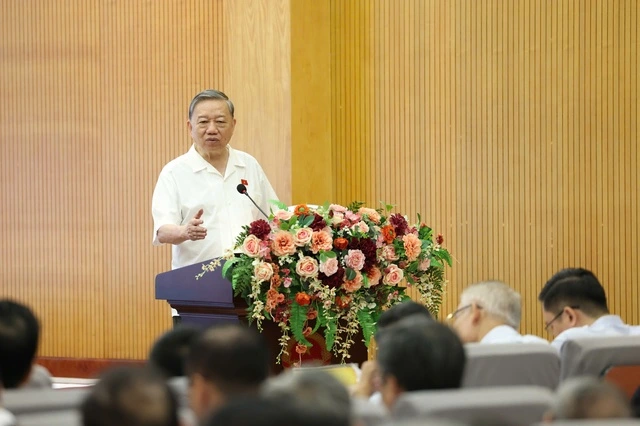





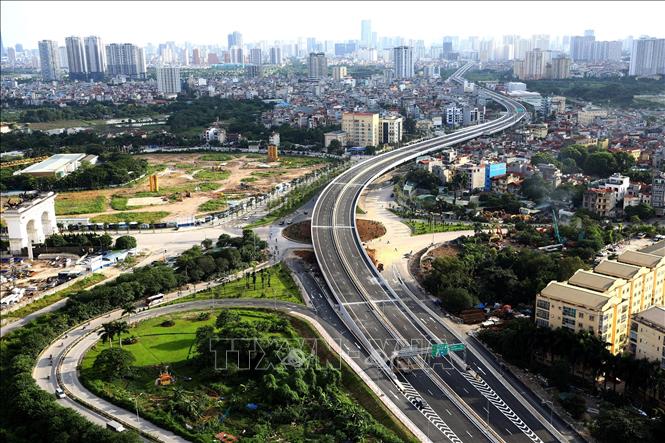











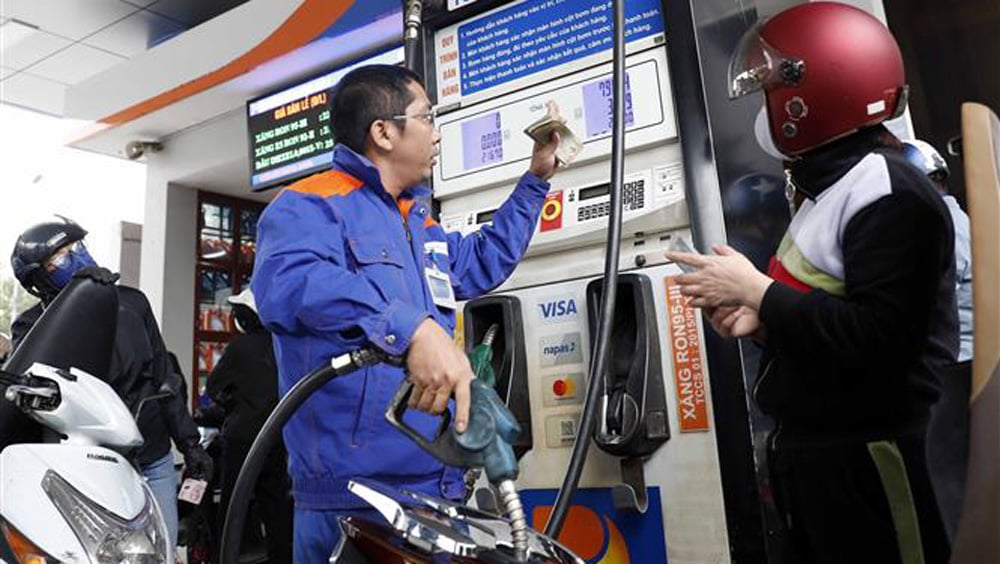

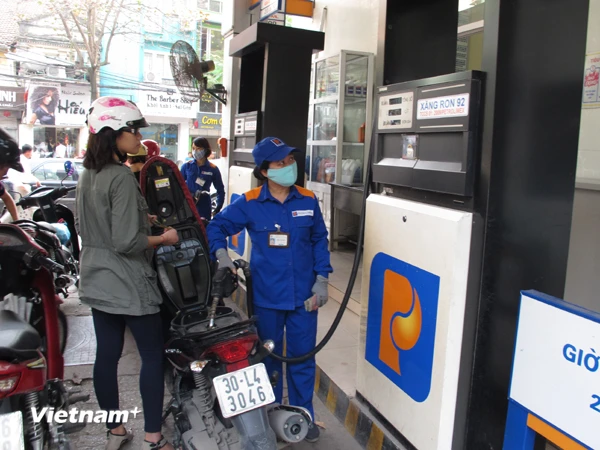

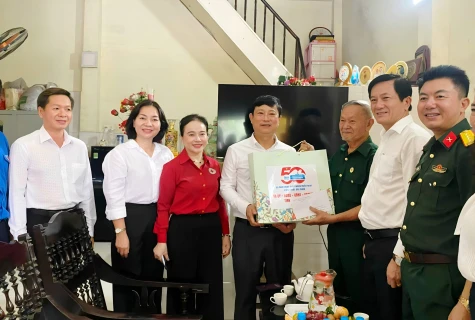

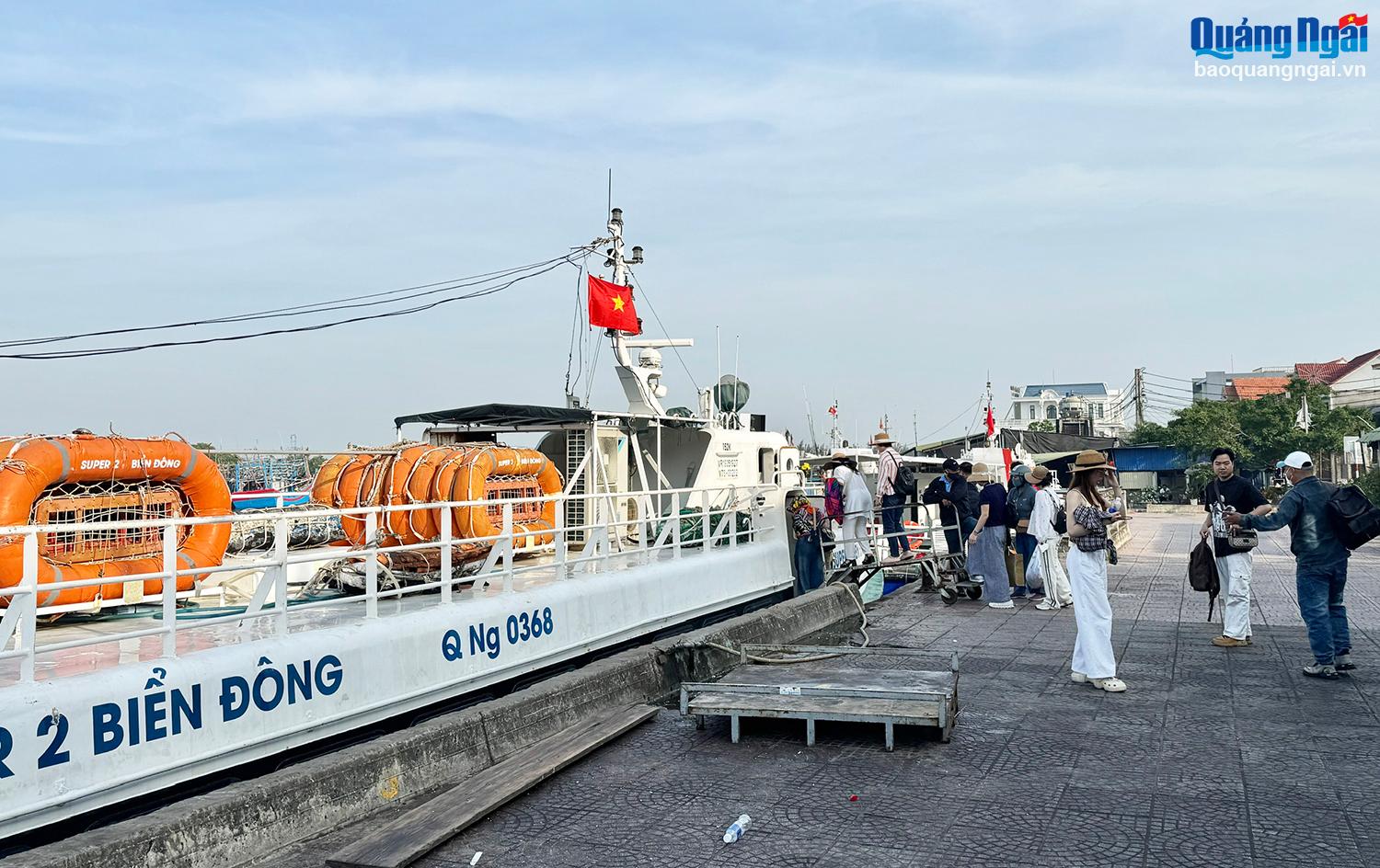

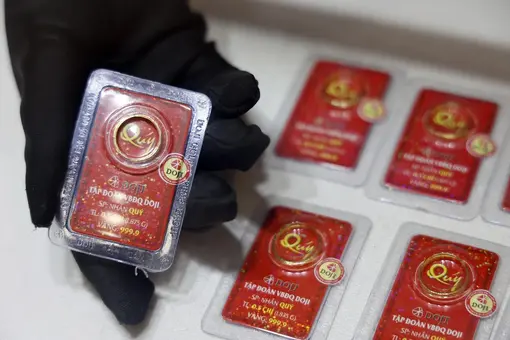



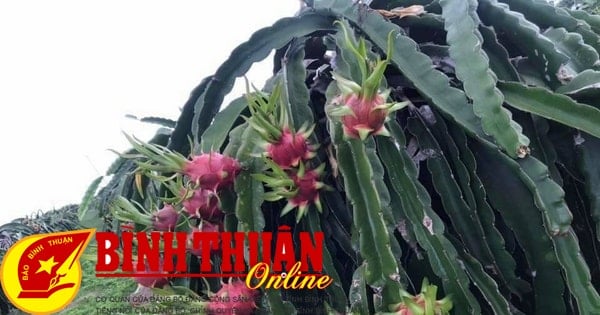

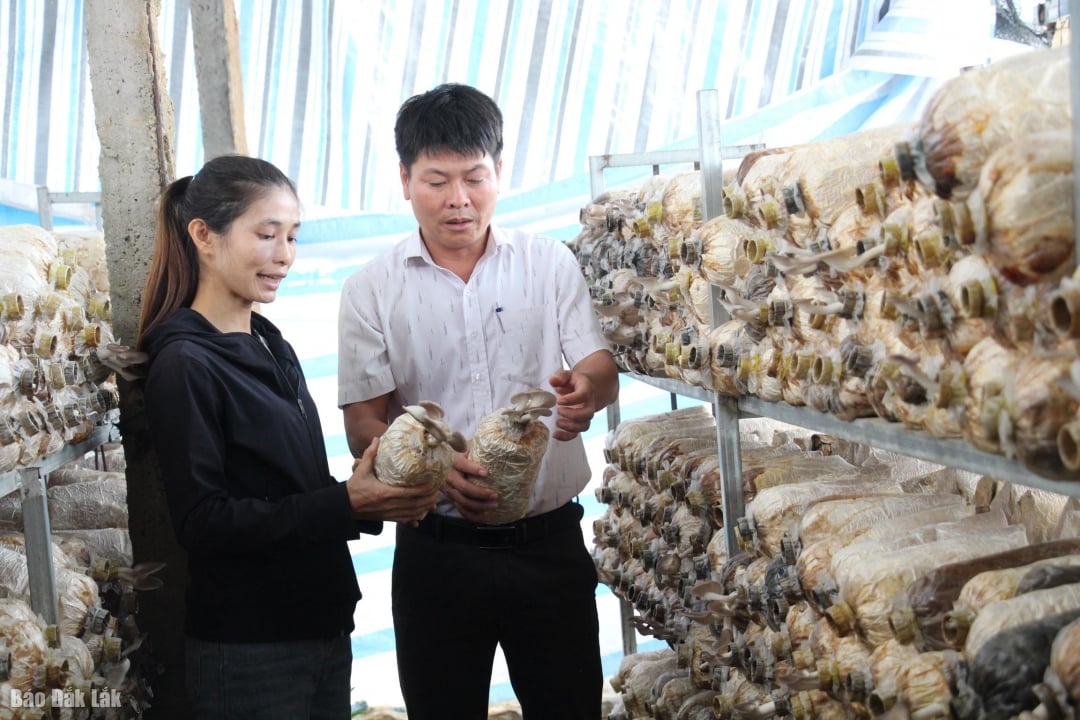

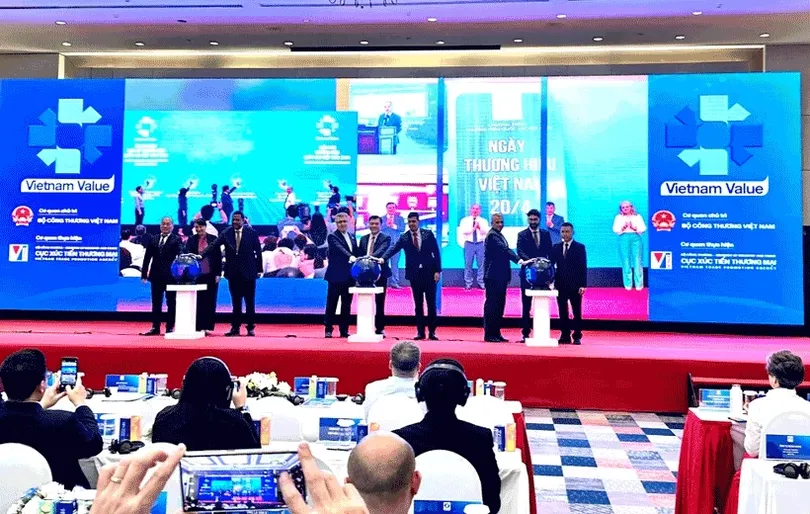




Comment (0)